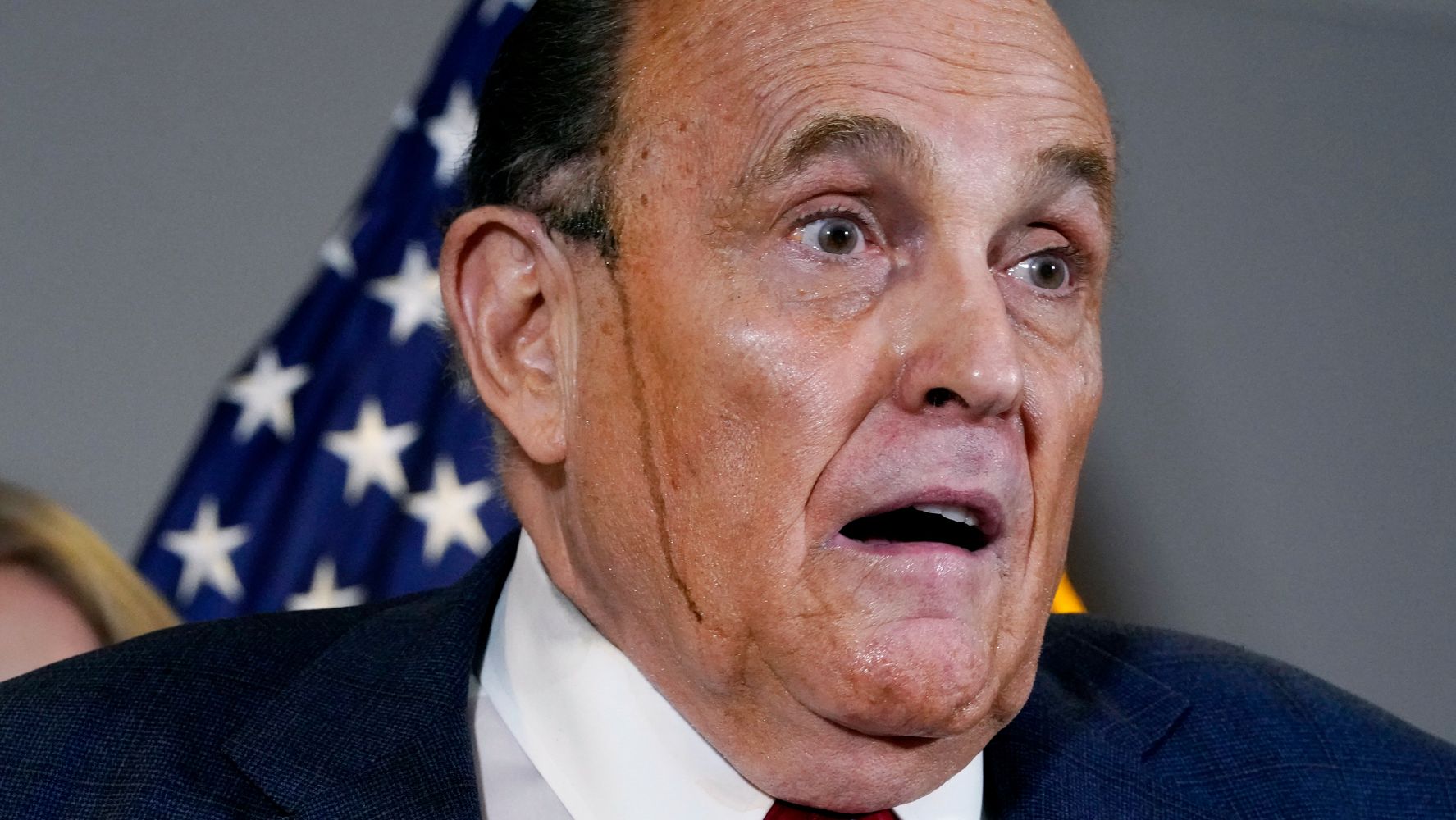But the match between Kasparov and Deep Blue had its own plot twists and huge audience. Game 1 of the tournament began Feb. 10, 1996. After a bad draw by Kasparov, Deep Blue won the right to take the first move. A dozen turns later and Kasparov found his queen. The grandmaster spent 27 minutes considering his next move.
Kasparov had lost previously to computer programs, but only during speed competitions, which aren’t considered a true test of a player’s skill. Kasparov attempted an aggressive push with his pawn, but Blue — capable of considering 200 million moves per second — was unflustered.
“The machine said, ‘I don’t believe you. I don’t know who you are, or what you are, but I’m going to take you,’ ” said commentator and international chess master Maurice Ashley. “The machine doesn’t believe in psychological intimidation. Kasparov thought it was a good move, and so would any human player, but you can’t bluff the computer.”
Kasparov conceded defeat on move 37 of the game. History had been made. This was the first victory recorded by a computer program over a grandmaster under strict tournament conditions.
Kasparov stormed back to his hotel room without a word to the press. He was unable to sleep that night. He had to figure out what went wrong.
Game 2 came with its share of technical difficulties, frustrating all those involved over the course of the six-hour marathon session. Initially, Deep Blue was unable to access its full library of opening strategies. Midway through the match, Deep Blue lost contact with its remote processing center at IBM’s T.J. Wilson Research Center in Yorktown Heights, N.Y. This led to a 20-minute delay.
Despite the stops and starts, Kasparov was able to limit Blue’s queen and take out his opponent’s pawns. Deep Blue gave up on the 73rd move of the game.
Kasparov acknowledged that he grossly underestimated his opponent in the opening bout. Now it was up to the IBM team behind Deep Blue to make their adjustments headed into the next round.
Deep Blue had been caught off guard by Kasparov’s unusually cautious and conservative play in the last game. The computer was having trouble adapting. Meanwhile, commentators worried that Kasparov would lose his edge the longer the series lasted.
Games 3 and 4 resulted in ties for the well-matched competitors. Blue’s defense proved strong enough to hold off the grandmaster over the three-hour skirmish that was Game 3.
“I was hoping that Garry would come in here and kick that computer’s butt,” said grandmaster and commentator Yasser Seirawan. “Today he didn’t have that much. But he was on the sunny side of the torture. He was the one always pressing.”
In Game 4, Kasparov narrowly escaped defeat as his mother looked on, offering assurances from the sideline. IBM estimated that approximately 5 million people had attempted to watch the matches online. Going into Game 5, Kasparov would need a win to prevent any possibility for an outright loss to the supercomputer.
Lasting more than four hours, the decisive moment of Game 5 came when Deep Blue inadvertently left a knight stranded. This proved enough of an opening for Kasparov to carry the game in 48 moves.
“There could be many factors or one weakness behind the loss,” said head of the IBM team Chung-Jen Tan, according to the Philadelphia Inquirer. “We just don’t know. But it’s like I said: We accomplished our goal on the first day when we proved that the computer could play at this level.”
No longer burdened by the possibility of a loss, Kasparov shared his relief, saying, “I feel very happy. … I have proven that even this machine is not invincible.”
Now it was time to see if Kasparov could clinch the six-game match as the obvious winner. He opened with an early advantage, which Kasparov managed to maintain as Blue mismanaged its pawns. The computer gave up. The contest was over. Kasparov was victorious.
Tan and Kasparov shook hands, with Tan concluding that Kasparov’s knowledge of chess was just too great to overcome. Kasparov meanwhile had witnessed a tipping point in machine learning.
“For the first time in the history of mankind, I saw something similar to an artificial intellect,” Kasparov said. “I know very few chess players who could take this heat.”
With the eyes of the world on Philadelphia in February 1996 for Kasparov versus Deep Blue, a different sort of chess struggle was taking place elsewhere in the city. The North Philadelphia middle school named for Roberts Vaux had once been home to one of the country’s best chess teams. From 1977 to 1983, the school claimed seven national championships. But then funding dried up and the program had difficulty attracting skilled coaches and players. The program crumbled.
Coming to Vaux in 1989, educator and coach Salome Thomas-El began working to revive Vaux’s chess program. During his first decade of teaching, Thomas-El lost 20 students to shootings and other violence. For him, chess was a way to keep others from harm.
Talking to the Inquirer, Thomas-El said, “I see chess as an opportunity for these young men and women to use their critical thinking skills to be competitive in a nonviolent game of the mind.”
As Kasparov and Deep Blue squared off across the city, Vaux’s newly revived chess team swept their competition at a local tournament. The following year the middle school team claimed first place in the 1997 Super Nationals Scholastic Chess Championship.

